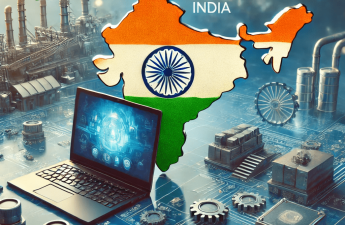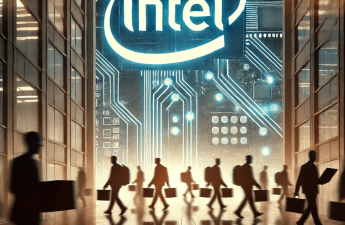PM Modi Launches Three PARAM Rudra Supercomputers, Ushering in a New Era of Scientific and Technological Progress
Prime Minister Narendra Modi has officially launched the PARAM Rudra supercomputers, developed domestically under India’s National Supercomputing Mission (NSM). These state-of-the-art machines represent a significant leap in India’s technological capabilities and have been deployed in Pune, Delhi, and Kolkata to support advanced scientific research across a variety of fields.
India’s Commitment to Science, Technology, and Innovation
At the launch event, PM Modi emphasized the importance of prioritizing science, technology, and research for India’s progress. “This is a significant day for India in the realms of science, technology, and research. India is placing a strong emphasis on science and technology to drive our future,” he said. He lauded Indian scientists and engineers for their contribution in developing the PARAM Rudra supercomputers, dedicating this achievement to the country’s youth. “These supercomputers are a proud symbol of India’s technological strength and will play a key role in empowering the next generation of innovators.”
PARAM Rudra: Empowering Scientific Research and Innovation
The PARAM Rudra supercomputers are designed for high-speed computation, capable of handling complex simulations and research across diverse fields such as weather forecasting, climate modeling, chemical discovery, materials science, and artificial intelligence (AI). These systems are expected to enable groundbreaking discoveries by providing researchers with cutting-edge computational tools.
A Vision of Self-Reliance in Technology
PM Modi emphasized India’s focus on self-reliance in technological innovation. “New India is determined to create indigenous technological solutions. Our guiding principles are science and self-reliance. This year’s budget has allocated ₹1 lakh crore to research, signaling our intent to lead the world in scientific innovation. The space sector is a testament to India’s growing technological prowess.”
Strategic Deployment of PARAM Rudra Supercomputers in Key Research Institutions
The PARAM Rudra supercomputers have been deployed at premier scientific institutions in Pune, Delhi, and Kolkata. In Pune, the Giant Meter Radio Telescope (GMRT) will utilize the supercomputer for research on Fast Radio Bursts (FRBs) and other astrophysical events. The Inter-University Accelerator Center in Delhi will focus on physical sciences and nuclear physics research, while the S N Bose National Centre for Basic Sciences in Kolkata will leverage the system to offer advanced courses in physics, cosmology, and earth sciences.
National Supercomputing Mission: Strengthening India’s Computing Infrastructure
The PARAM Rudra systems are part of India’s broader National Supercomputing Mission (NSM), aimed at enhancing the country’s computational infrastructure. This mission is designed to meet the increasing demand for high-performance computing (HPC) resources from students, researchers, MSMEs, and startups, furthering India’s technological and economic growth.
Driving AI, Machine Learning, and Industry 4.0 with Supercomputing
Highlighting the broader impact of supercomputing, Modi noted that these systems will be key in advancing AI and machine learning in India. “Supercomputers are essential for driving the digital revolution. Whether it’s boosting the economy, improving ease of doing business, enhancing disaster management, or raising the quality of life, technology and computing capabilities are fundamental to all sectors. These supercomputers form the foundation of India’s success in Industry 4.0,” he concluded.
The launch of the PARAM Rudra supercomputers represents a significant milestone in India’s technological journey, underscoring the nation’s commitment to being a global leader in scientific and technological innovation.
Thank you for reading. We hope this gives you a good understanding. Explore our Technology News blogs for more news related to the Technology front. AdvanceDataScience.Com has the latest in what matters in technology daily.



